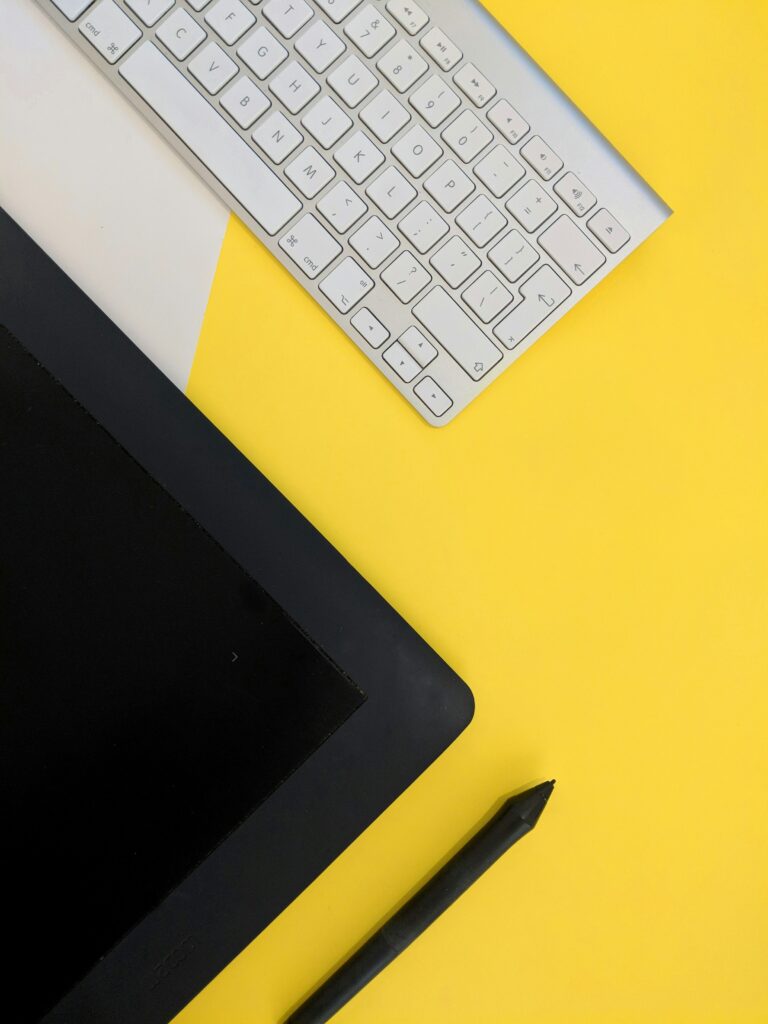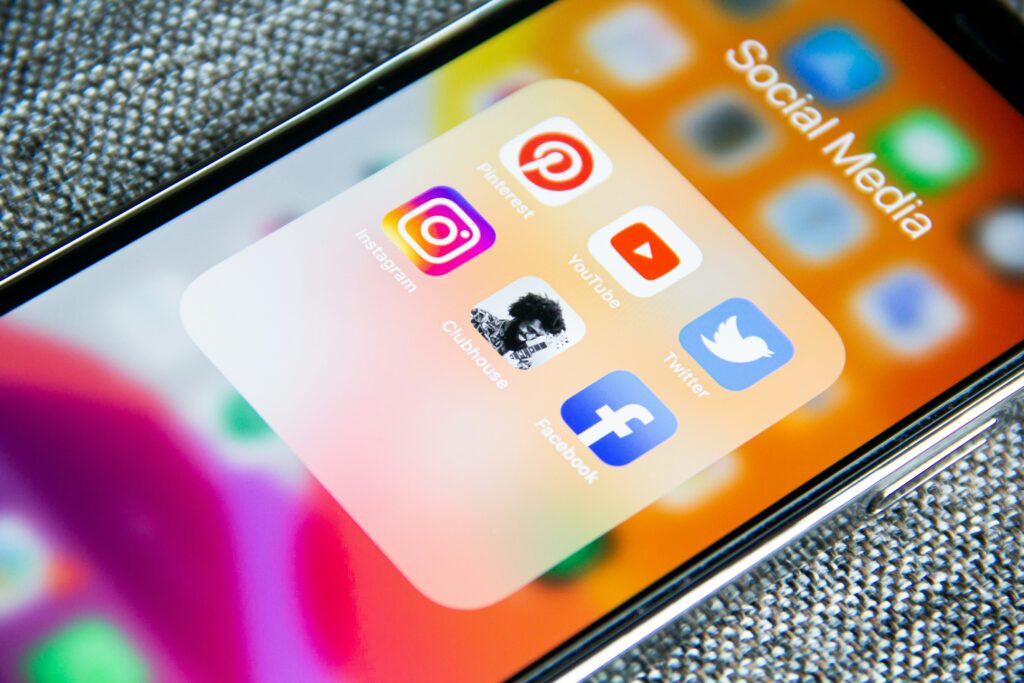Embracing Open Education: Transforming Learning for the Digital Age

Photo by Georgie Cobbs on Unsplash
Introduction to Open Education
A potent strategy that aims to improve learning accessibility, inclusivity, and collaboration is open education. It entails making instructional practices and materials freely accessible to all, frequently with the aid of digital technologies. This strategy is significant because it breaks down conventional barriers to education, giving people everywhere access to excellent educational resources. By encouraging collaboration and sharing, open education makes education more democratic and allows for lifelong learning.
Understanding Open Pedagogy
An educational strategy known as “open pedagogy” strongly emphasizes collaboration and communication between teachers and students. It enhances the interactive quality of learning by encouraging group content creation, which transforms traditional education. Open pedagogy encourages critical thinking and independent learning in students. Teachers can make improvements and changes to their course materials to better suit the needs of a diverse student body by utilizing open licenses. This method changes the dynamic and cooperative relationship between teachers and students while also improving learning.
The Roles of OERs
The foundation of open pedagogy is OERs or open educational resources. These resources include freely downloadable multimedia files, lecture notes, homework, exams, and free online textbooks that are editable and available to all users. OERs reduce educational costs, which helps ensure equity and affordability for students. Instructors can use open licenses to enhance and modify their course materials so they better meet the needs of a diverse student body. This approach enhances learning while transforming the collaborative and dynamic dynamic between educators and learners.
Open Licensing Explained
Open licensing allows educational materials to be used, modified, and shared without any limitations. Licenses like Creative Commons encourage open education practices by removing the typical copyright restrictions on resource development and sharing. The “5Rs” of openness are permissions to keep, reuse, revise, remix, and distribute; these are usually granted to users through open licenses. Teacher awareness of these licenses is necessary for them to use and contribute to OERs. Customizing educational materials to fit each student’s specific needs is made possible by the potential of open licensing to foster innovation and continuous advancement in the field.
Challenges and Solutions
Although OER and open pedagogy have many advantages, putting them into practice can be difficult. These difficulties include obtaining continuous funding, overcoming opposition from educators and traditional educational institutions, and guaranteeing the calibre and dependability of open resources. Inadequate training and restricted access to digital tools are examples of technical obstacles that can impede efficient utilization.
Strong peer review procedures for quality control, institutional support and funding, better access to digital tools, and encouraging a culture of sharing and cooperation are some ways to address these issues. This cultural change can be accelerated by showcasing effective cases and offering rewards for implementing transparent procedures.
In conclusion, open education has the power to completely transform the educational process because of its emphasis on innovation, accessibility, and teamwork. A more diverse, equitable, and dynamic educational environment can be created by embracing open pedagogy and utilizing OERs to better prepare students for the digital age.


